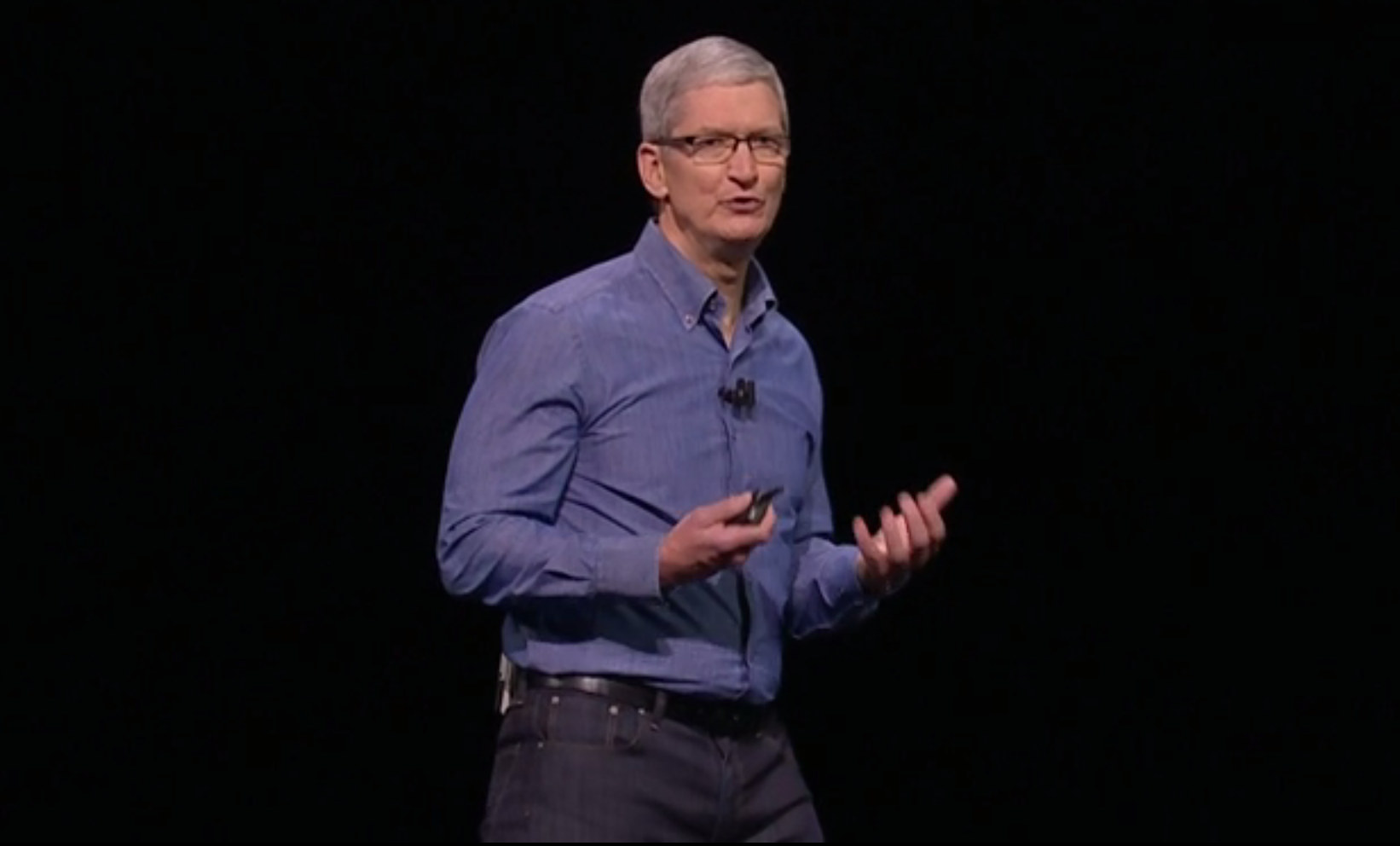 NEWS
NEWS
 NEWS
NEWS
 NEWS
NEWS
Until Pokemon GO made headlines as the most successful mobile game of all time, augmented reality (AR) had largely been overshadowed by its more famous cousin, virtual reality (VR), but now Apple CEO Tim Cook says that the tide could shift the other direction, and we may soon see a world where AR is the more dominant force in the industry.
“My own view is that augmented reality is the larger of the two, probably by far, because this gives the capability for both of us to sit and be very present, talking to each other, but also to have other things visually for both of us to see,” Cook said during a recent interview on Good Morning America. “Maybe it’s something we’re talking about, maybe it’s someone else that is not here present but could be made to appear to be present with us.”
Meanwhile, virtual reality fully immerses a person within an experience, cutting them off from the outside world, and Cook says that this will limit virtual reality’s mass appeal. That is not to say that cook does not believe virtual reality does not have its uses or that it will not be successful.
“Virtual reality sort of encloses and immerses the person into an experience that can be really cool, but probably has a lower commercial interest over time,” Cook said. “Less people will be interested in that, but there are some really cool areas there for education and gaming that we have a lot of interest in.”
While a number of major tech companies have invested heavily in virtual reality products, from Facebook to Google to HTC, Apple has largely kept quiet on the latest tech fad, and despite the occasional rumor of an Apple virtual reality device, the company does not seem to be in any hurry to join the VR race, especially given Cook’s statements on the format.
If Cook truly believes that augmented reality is the wave of the future, then it seems more likely that Apple might move more in the direction of devices like Microsoft’s HoloLens or Magic Leap’s mystery headset that is somehow worth $4.5 billion in funding.
Virtual reality and augmented reality are similar in a few ways, but as Cook mentioned, they offer entirely different experiences. Virtual reality is great for simulation, which is why some of its most valuable use cases are in education and training. Meanwhile, augmented reality is perfected for adding valuable information on top of real world situations.
For example, virtual reality can realistically simulate the experience of driving a car, but augmented reality can allow you to actually drive a car while overlaying useful information on a headset or heads up display, such as your current speed and direction, turn-by-turn navigation, weather alerts, and so on.
One major barrier to the growth of augmented reality at the moment is a lack of powerful and inexpensive AR headsets. While Microsoft HoloLens shows that the potential is there for such devices, there is no word yet on when it will be commercially available or how much it will cost when it is.
Mobile device AR, which relies on your smartphone camera, is growing more and more prevalent, but there has always been the assumption that no one wants to walk around while holding their phone up in front of their face. That was before Pokemon GO came out.
Support our open free content by sharing and engaging with our content and community.
Where Technology Leaders Connect, Share Intelligence & Create Opportunities
SiliconANGLE Media is a recognized leader in digital media innovation serving innovative audiences and brands, bringing together cutting-edge technology, influential content, strategic insights and real-time audience engagement. As the parent company of SiliconANGLE, theCUBE Network, theCUBE Research, CUBE365, theCUBE AI and theCUBE SuperStudios — such as those established in Silicon Valley and the New York Stock Exchange (NYSE) — SiliconANGLE Media operates at the intersection of media, technology, and AI. .
Founded by tech visionaries John Furrier and Dave Vellante, SiliconANGLE Media has built a powerful ecosystem of industry-leading digital media brands, with a reach of 15+ million elite tech professionals. The company’s new, proprietary theCUBE AI Video cloud is breaking ground in audience interaction, leveraging theCUBEai.com neural network to help technology companies make data-driven decisions and stay at the forefront of industry conversations.